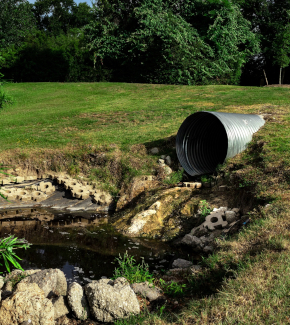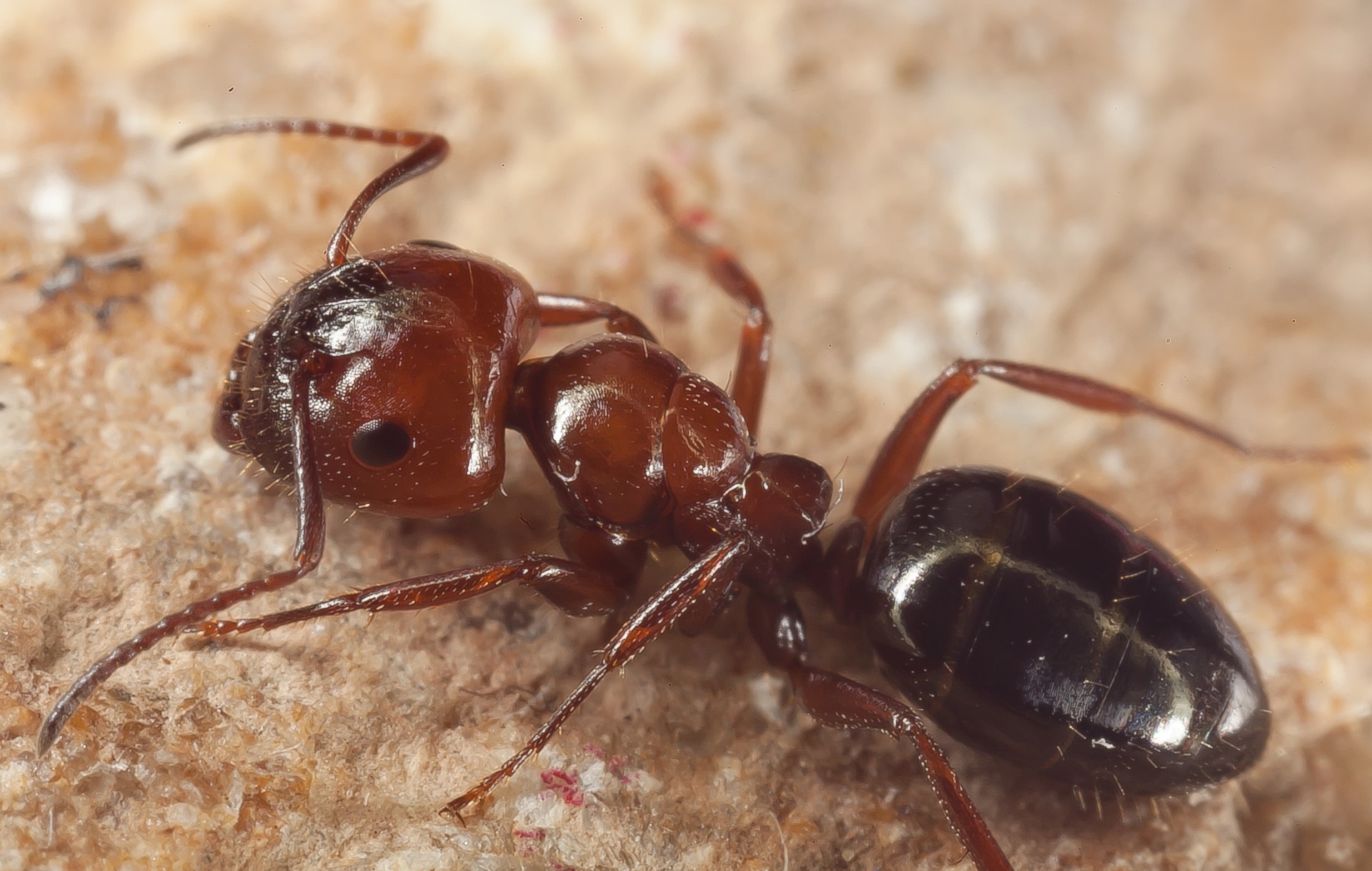
The system, tested on an industrial scale, prevents foul odours and reduces by up to two months the treatment time for the organic matter deriving from the excess sludge, for its subsequent agricultural use
World population growth and lifestyle are the main causes of the increase in the volume of wastewater. As a result of the treatment of these waters, millions of tons of sewage sludge are generated, filling landfills and generating pollution, unpleasant odours, and public health risks. To combat these issues, one of the most important alternatives is to transform sewage sludge, which has a high organic-matter content, into a resource that can be used for agricultural purposes as a crop fertilizer.
Research Group RNM-271 of the Department of Chemical Engineering at the University of Córdoba, in conjunction with Research Group RNM-270 of the University of Granada, has successfully validated a new technology that transforms wastewater sludge more efficiently. The system, tested on an industrial scale, prevents the foul odours that are generated during the composting process. In addition, it reduces by up to two months the time needed to stabilise and sterilise the organic matter from the sludge and convert it into fertilizer.
This is a fledgling technology that uses a series of moveable and semi-permeable membranes, under which the composting process takes place. These covers allow molecules such as carbon dioxide to pass through, while blocking others such as ammonia, which causes the foul odours.
This technology has been developed via a project of the UGR financed by the Junta de Andalucía (Regional Government of Andalusia), entitled ‘Study of the biological processes and structures of microbial communities in the process of composting sludge from urban wastewater treatment plants in semi-permeable membrane systems’ (Ref. P11-RNM7370 ), which is coordinated by Professor Concepción Calvo. This technology, which was applied on an industrial scale at the facilities of "Biomasa del Guadalquivir", uses a semi-permeable cover (membrane) system that prevents unpleasant smells from escaping and shortens the process time.
The system uses a forced aeration system under the cover, which helps encourage the aerobic processes carried out by microbial populations, bacteria, and fungi. By using this approach, the composting process is accelerated by approximately two months compared to the usual method of treating sludge in aerated piles, and by one month compared to another classic method that uses concrete containers. The evolution in the diversity of bacterial, fungal, and viral populations identified using mass sequencing techniques revealed the specificity of each of the phases of the process.
The moveable covers enable temperatures to be monitored throughout the process, which, during the first stage, rise above the critical point of 55 degrees—the temperature necessary for the organic matter present in the sludge to be sterilised. According to the authors, “after analysing the relationship between the physicochemical and microbiological parameters involved in the process, it can be concluded that a high-quality compost has been produced, and we have developed a tool that can be exported to other treatment plants.”
This achievement becomes even more relevant in the current context. The European regulations governing the treatment of sewage sludge have been made tougher over the last few years. While, previously, practically all the sludge was dumped, the new regulations—such as that of August 2018 in Andalusia—are stricter, requiring the waste to be sterilised and stabilised, since its incorrect handling can lead to public health problems due to microbial contamination and heavy metals.
According to data from the National Sludge Registry, in Spain alone about 8 million tons of wet sludge are produced every year. Managing this waste effectively to turn it into a resource has therefore become a priority for the sector.
Bibliography:
Robledo-Mahón, M.A. Martín, M.C. Gutiérrez, M. Toledo, I. González, E. Aranda, A.F. Chica, and C. Calvo. Sewage sludge composting under semi-permeable film at full scale: Evaluation of odour emissions and relationships between microbiological activities and physico-chemical variables’, Environmental Research 177, October 2019, 108624. https://doi.org/10.1016/j.envres.2019.108624.
Media enquiries:
Conception Calvo Sainz
Research Group RNM-270, University of Granada
Tel.: +34 958 243 093
Email: @email



